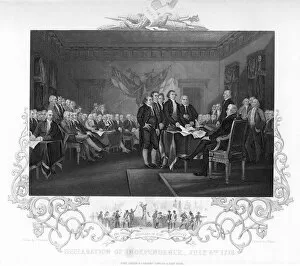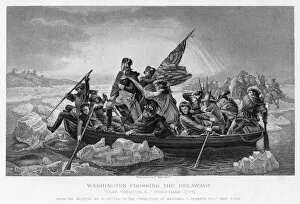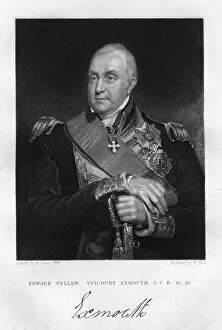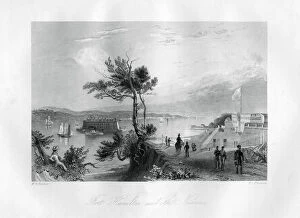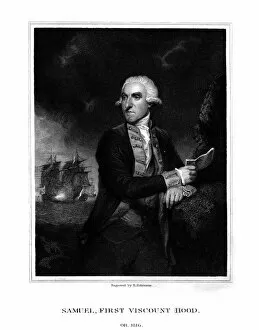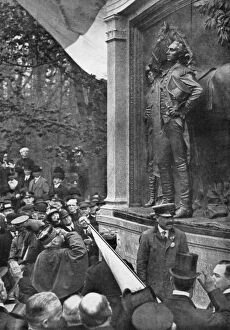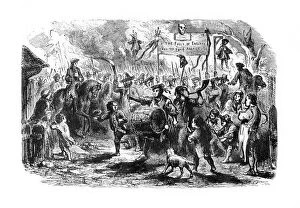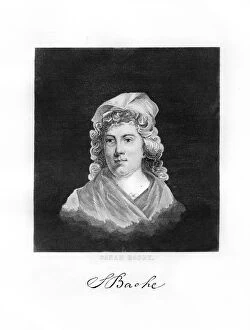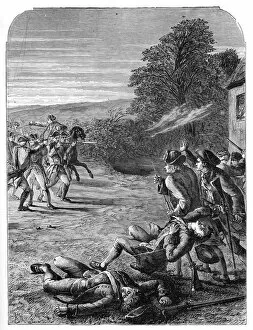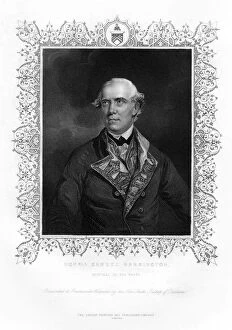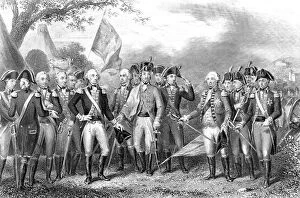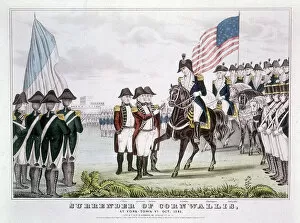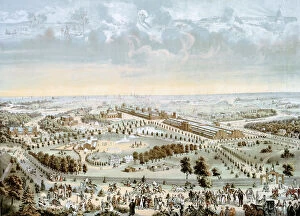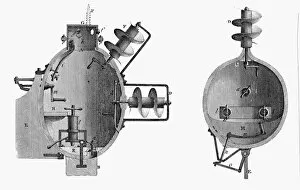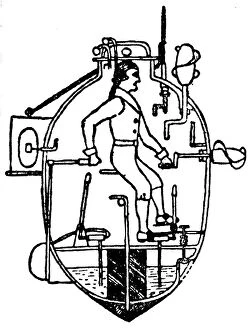American Revolution 1775 1783 Collection (#7)
"The American Revolution: A Journey Through Time and Art" Step back in time to the era of the American Revolution
For sale as Licensed Images
Choose your image, Select your licence and Download the media
"The American Revolution: A Journey Through Time and Art" Step back in time to the era of the American Revolution, a pivotal moment in history that shaped the nation we know today. Explore this captivating period through a collection of remarkable artworks and historical events. Immerse yourself in the legendary tale of "The Midnight Ride of Paul Revere" depicted by Grant DeVolson Wood in 1931. Feel the urgency as Revere gallops through the night, warning his fellow patriots about approaching British troops. Witness the intensity of battle at the "Siege of Yorktown, " captured by Auguste Couder around 1836. Marvel at General George Washington's strategic brilliance as he leads his forces to victory against British General Cornwallis, marking a turning point for independence. Experience an epic naval encounter with "Defeat of Floating Batteries at Gibraltar" portrayed circa 1783. Admire the bravery and resilience displayed by both sides during this fierce conflict. Meet General Sir Banastre Tarleton, a prominent figure on both sides, immortalized in art by himself in 1919. Learn about his contributions as a soldier and politician during this tumultuous period. Delve into political cartoons like "The Savages Let Loose, " illustrating the cruel fate faced by loyalists after America gained its independence in 1783. Gain insight into how differing loyalties tore families apart during these turbulent times. Discover influential figures such as Mrs. Richard Bache (Sarah Franklin), painted by John Hoppner in 1793, showcasing her strength and determination amidst revolutionary chaos. Uncover key political players like W. Pitt, Earl of Chatham, whose leadership influenced Britain's approach to colonial affairs before his passing in 1778; or Lord Hood, who played a significant role throughout this era but remains shrouded in mystery even today. Marvel at portraits capturing military leaders like General Francis Marion and General Israel Putnam, showcasing their distinctive uniforms and highlighting their contributions to the Continental Army.

